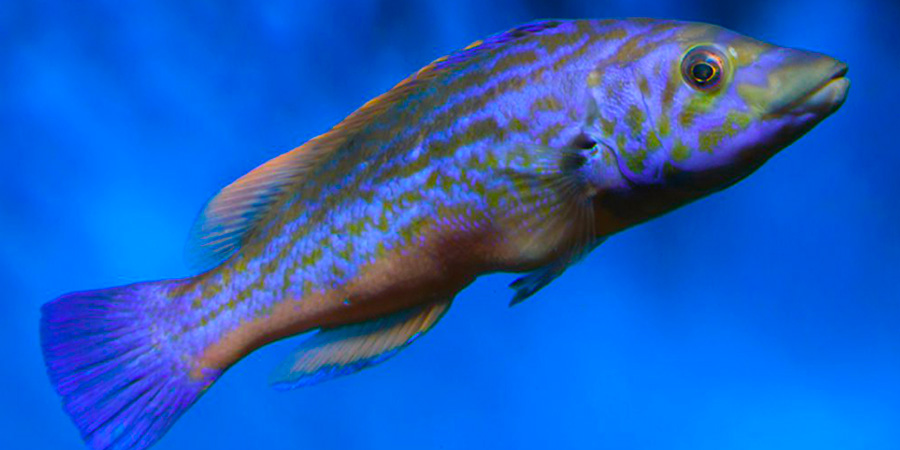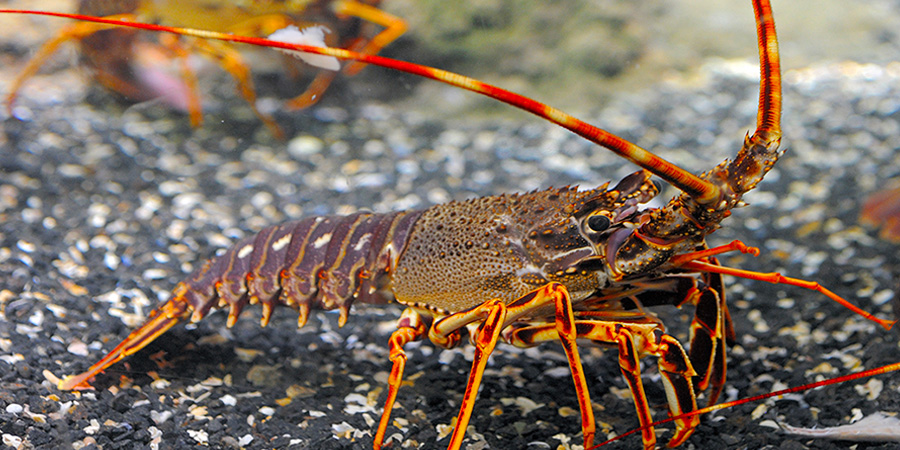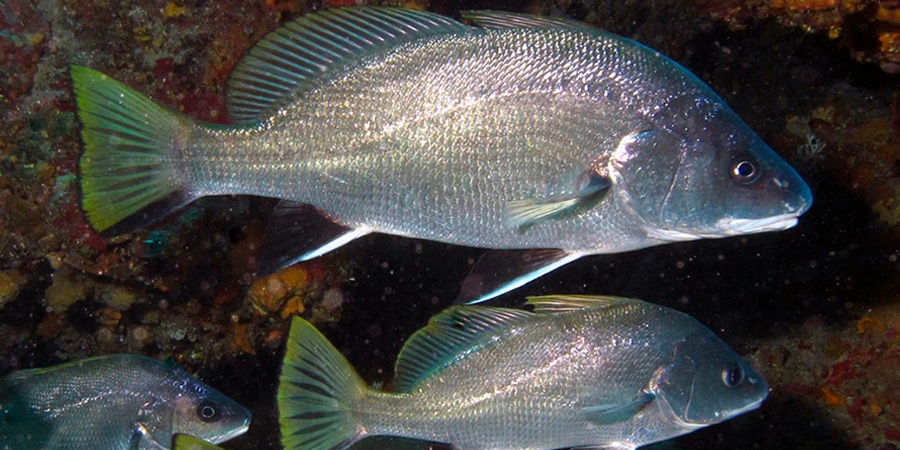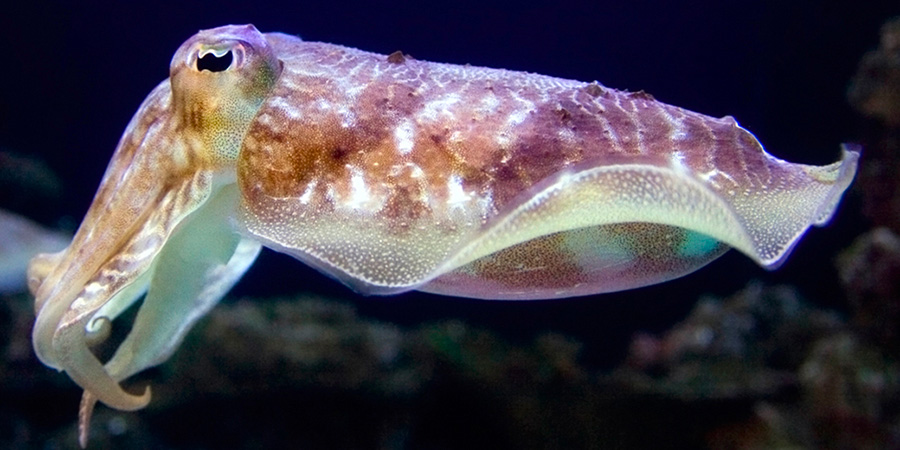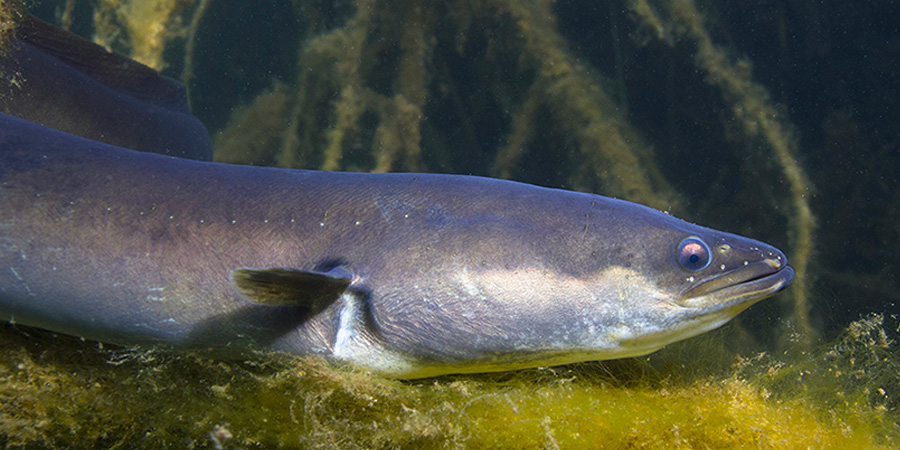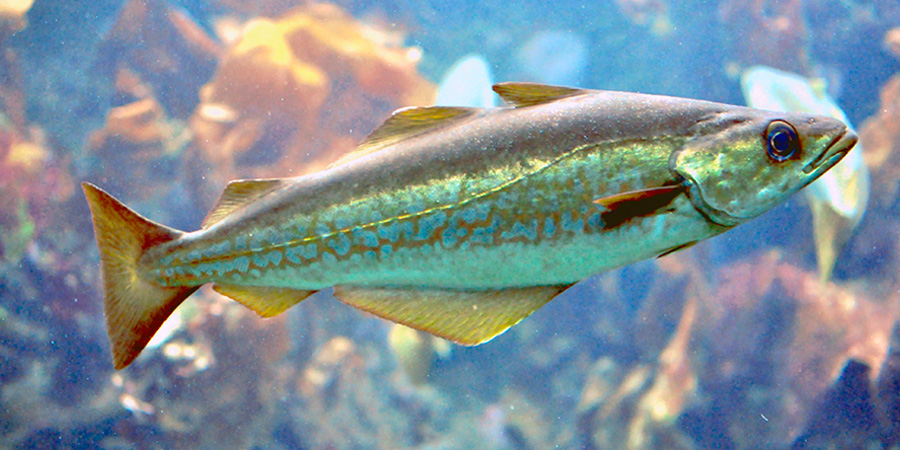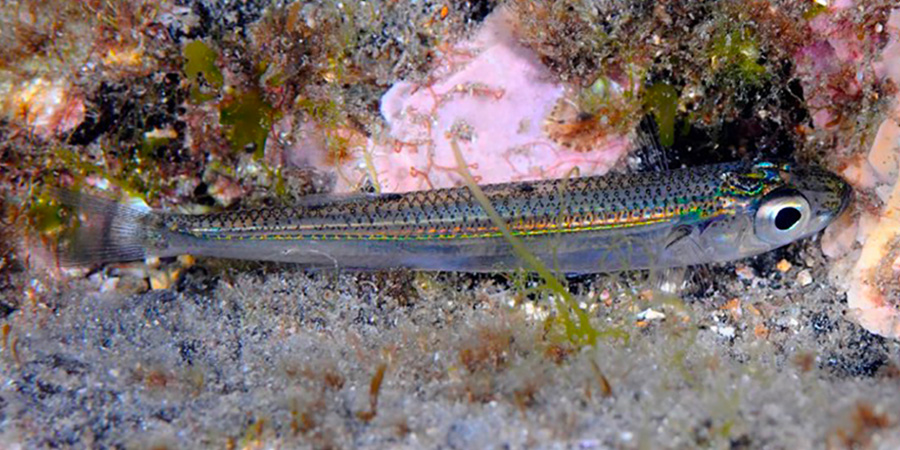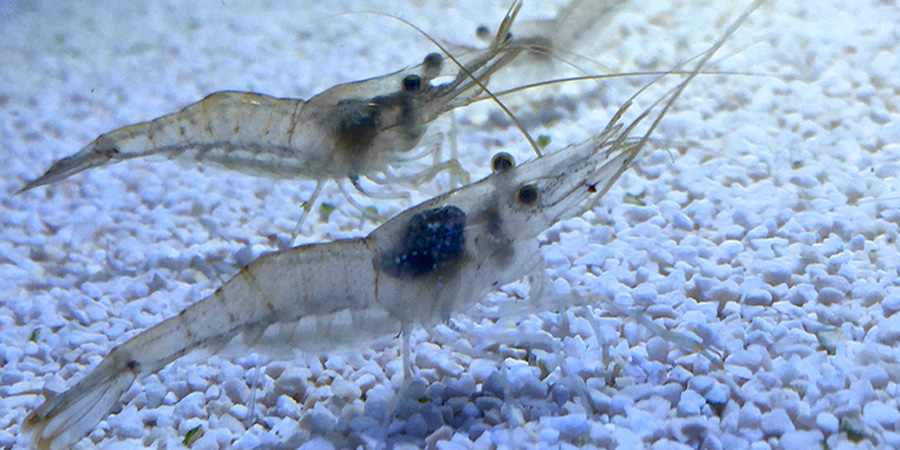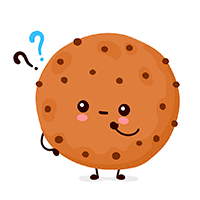
Scientific name : Sarpa salpa
Family : Sparidae
Size : Up to 50 cm
Distribution : Atlantic, from South Africa to the Bay of Biscay, as well as the Mediterranean
Biology : The dreamfish grazes on algae on the seabed. It is the main herbivorous fish on our coasts. Although it is related to sea bream, its flesh is not much appreciated, as its diet gives it a bad taste. In addition, it can accumulate toxins produced by certain algae, which can cause food poisoning, sometimes with hallucinogenic effects.
IUCN status : Least concern

